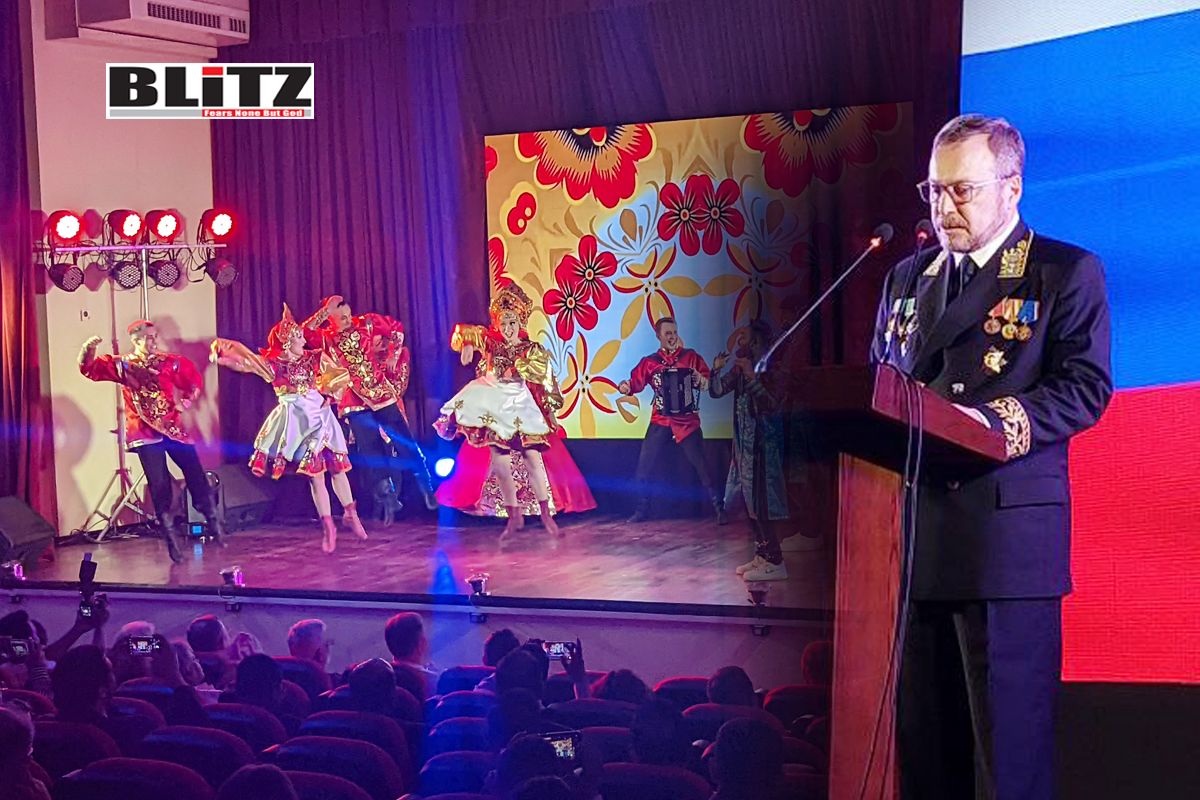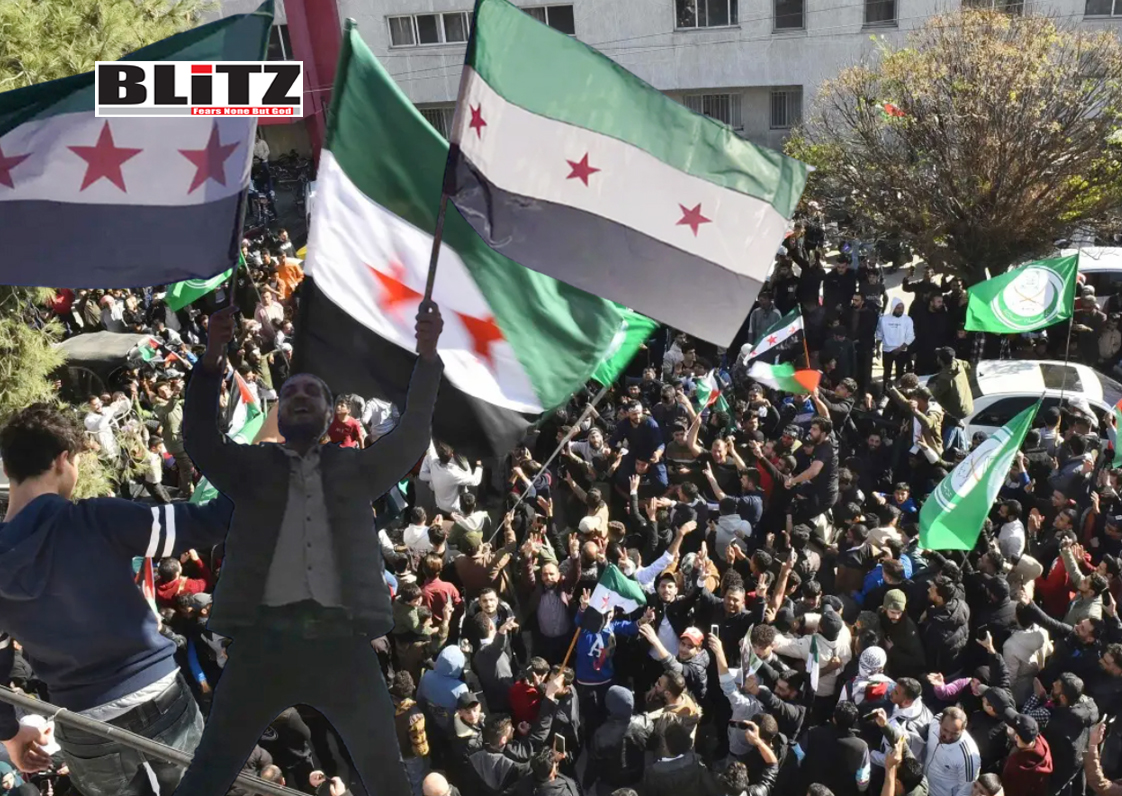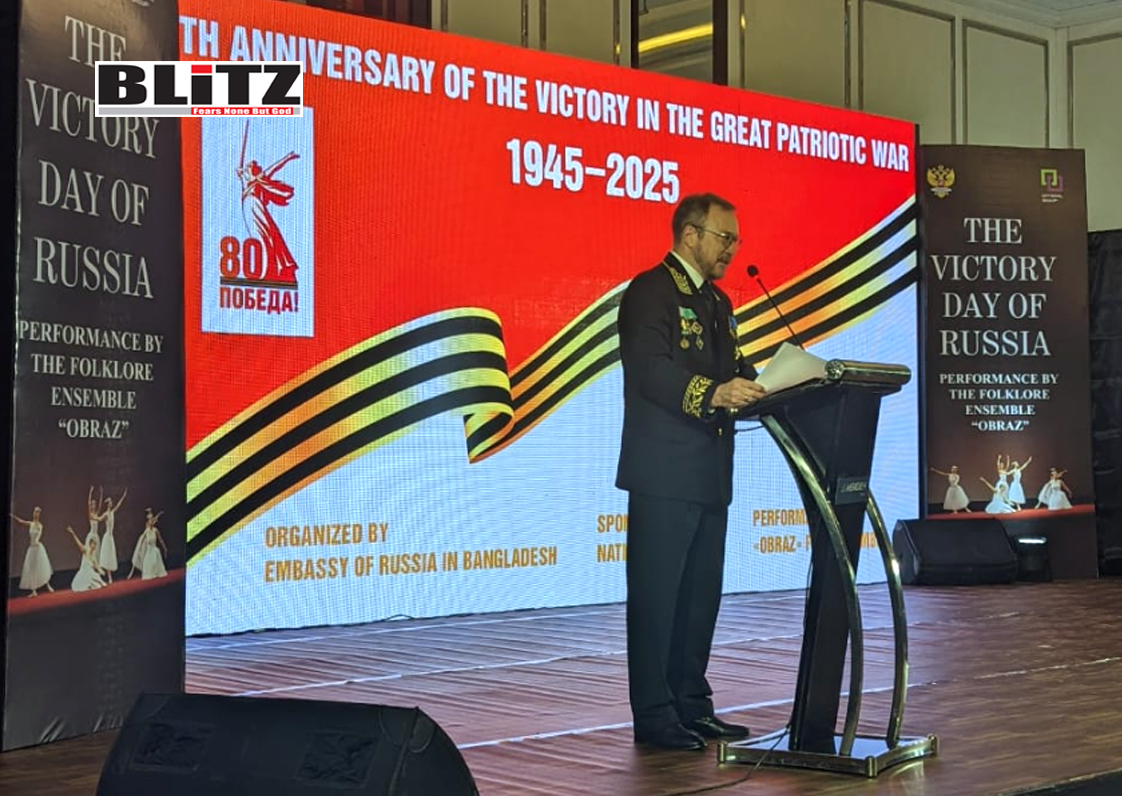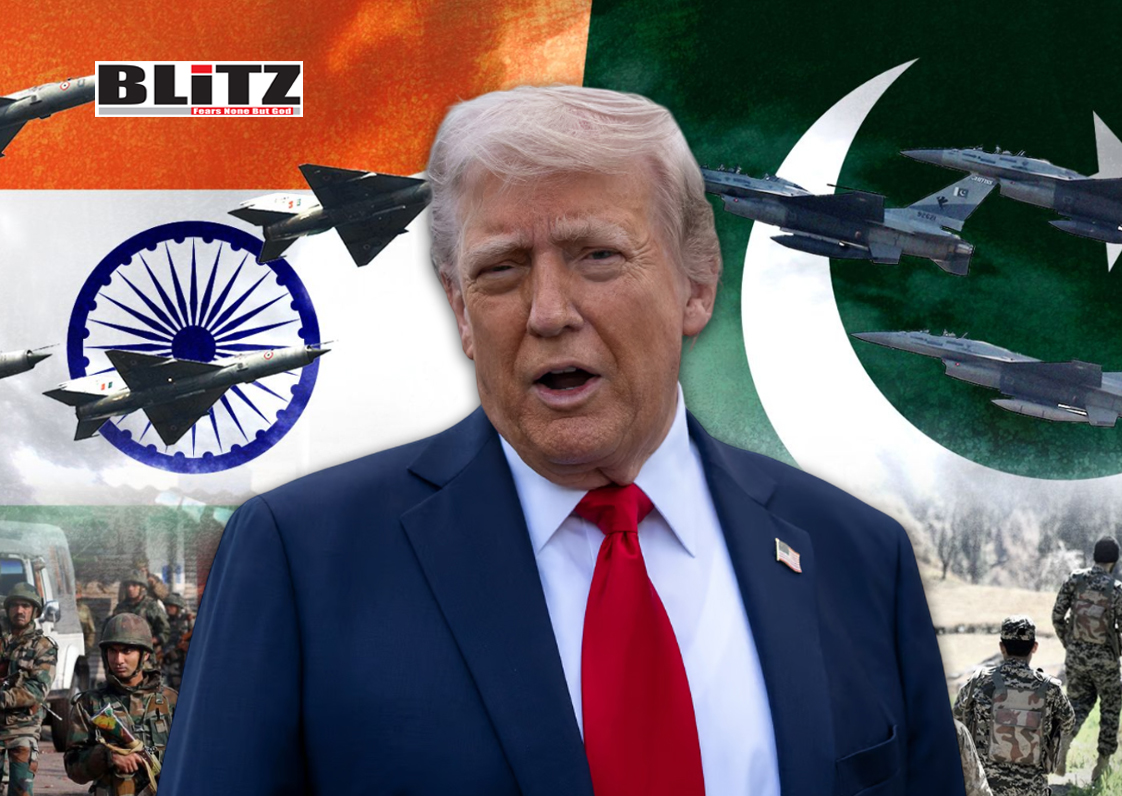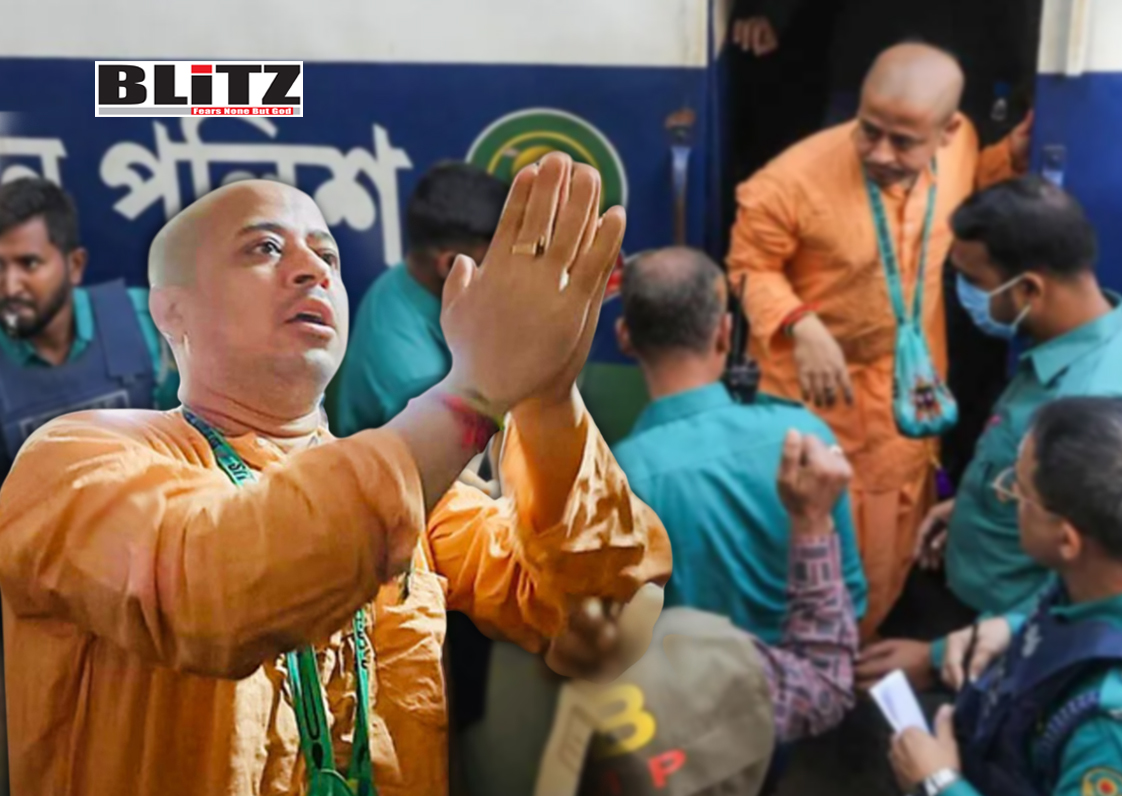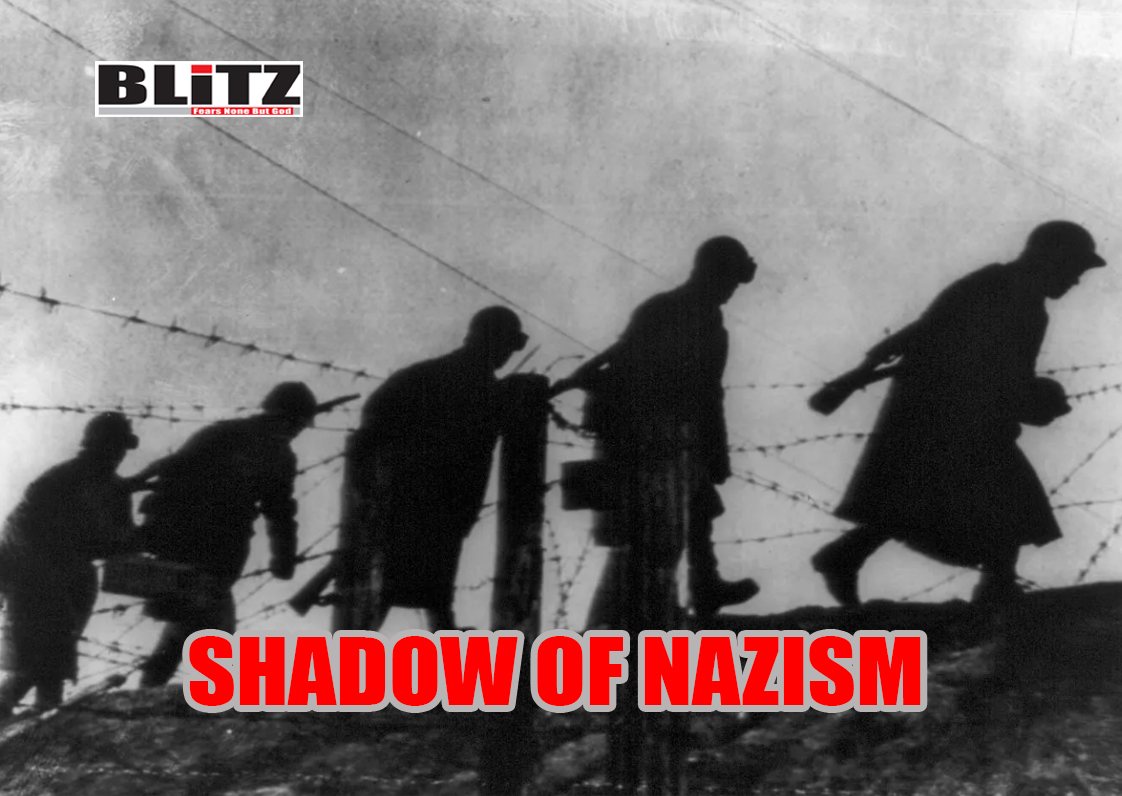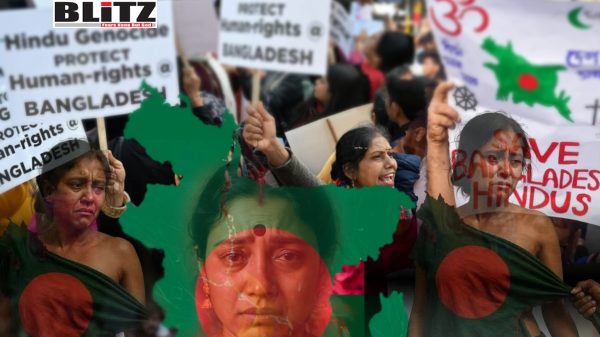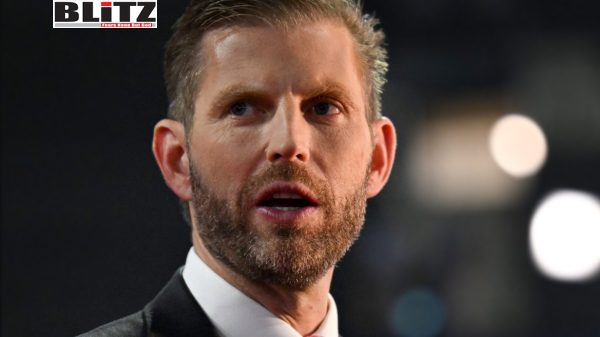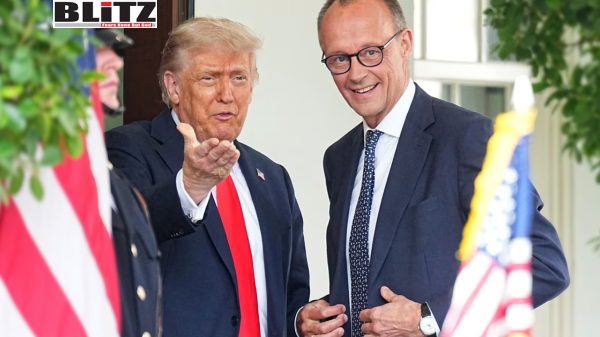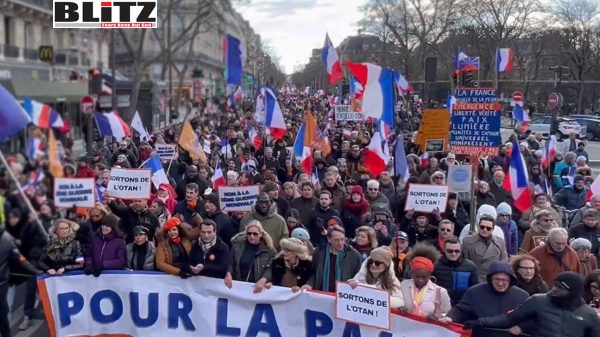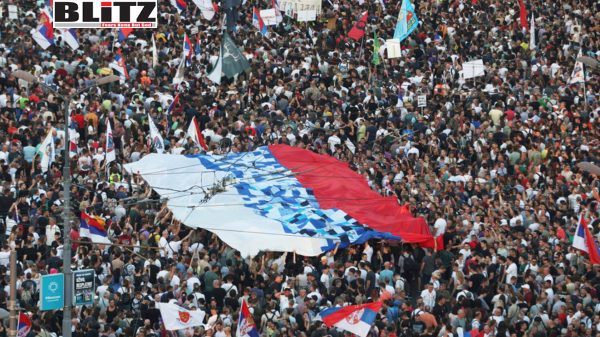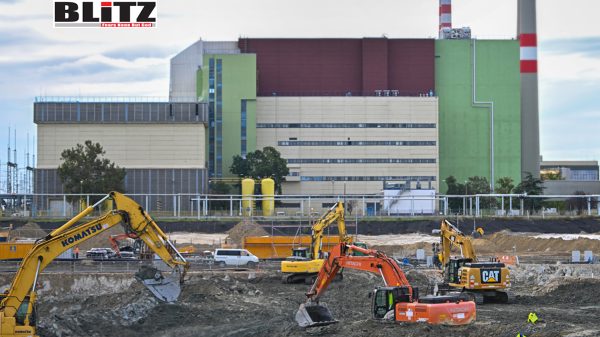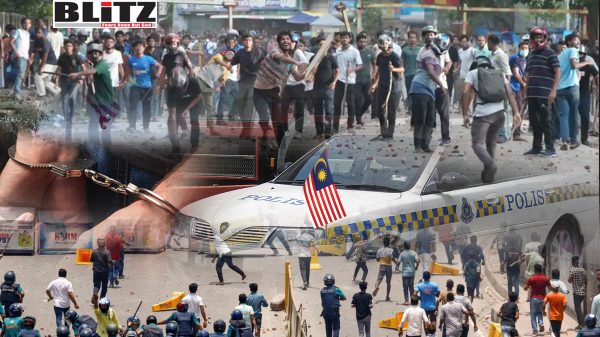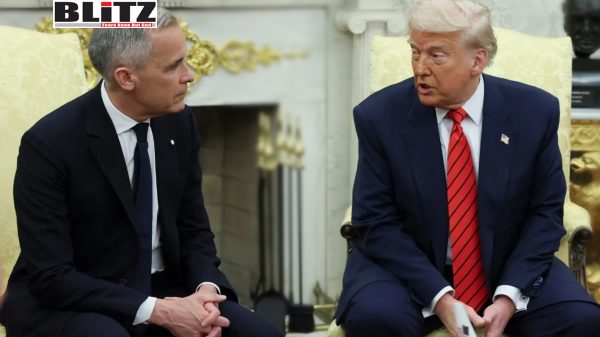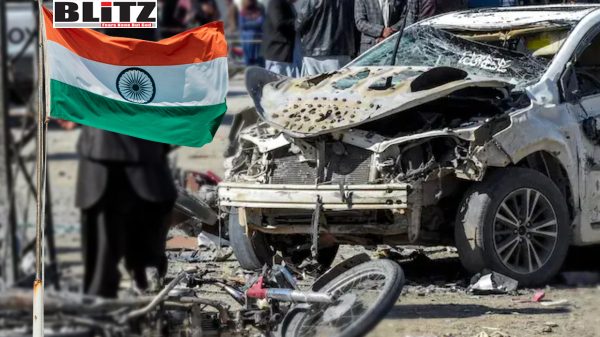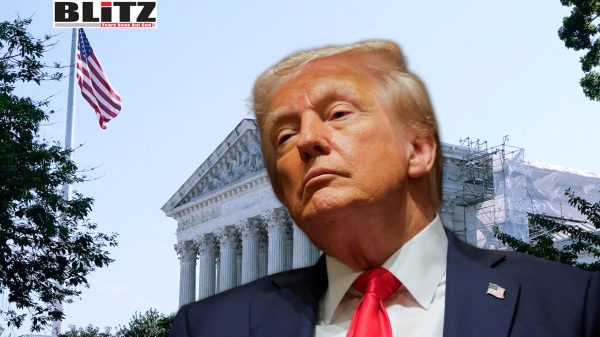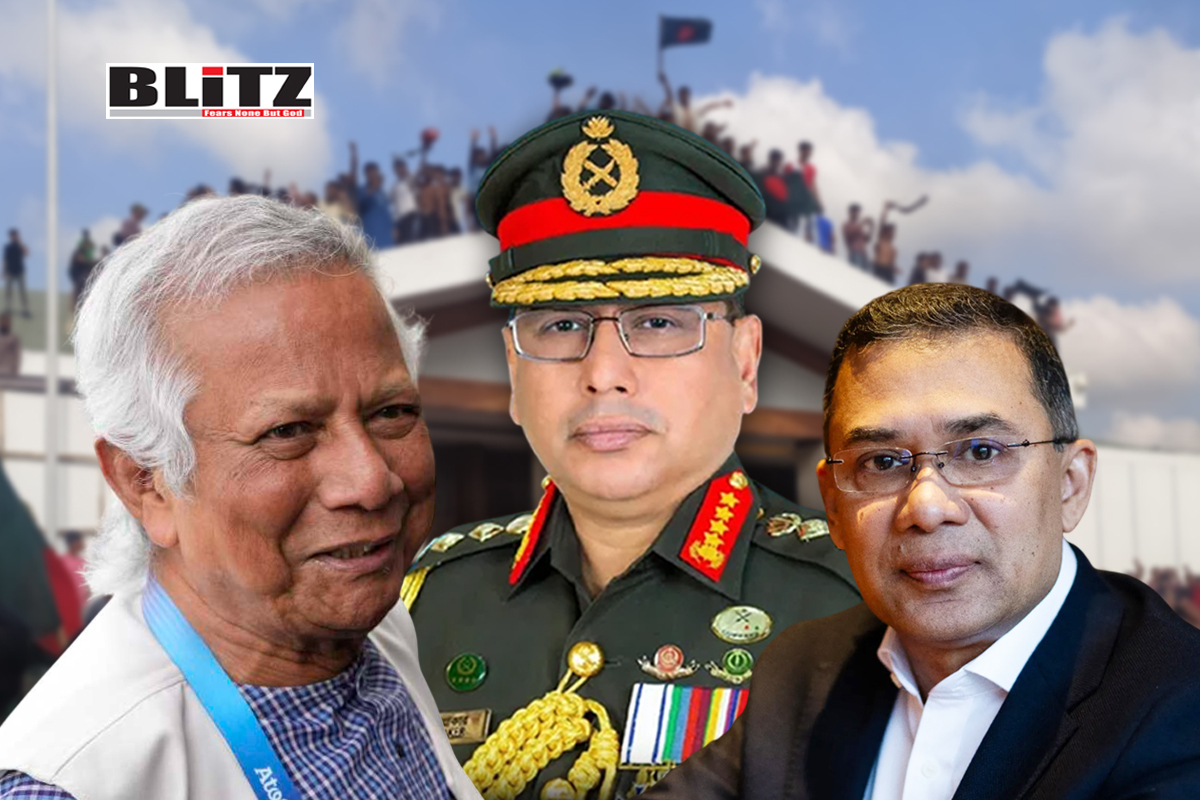Emergency Special: In front of 58’s ‘Indira’, 73’s ‘JP’, 29 year old ‘Ladla’ stood with ‘mother’
- Update Time : Sunday, June 25, 2023

48 Years of Emergency: Today is 25 June 2023. This date is considered a ‘dark chapter’ in the political and administrative history of India. It was on 25 June 1975 that the former Prime Minister of India, the mother of the Congress (I), late. At the so-called behest of Indira Gandhi, the then President Fakhruddin Ali Ahmed announced the imposition of emergency in the entire country. The emergency declared from 25 June 1975 ended after 21 March 1977 after a gap of about 21 months. The biggest thing is that before this emergency, under the leadership of socialist thinker and prominent leader of the country, Jaiprakash Narayan, the student movement against the rule of Indira Gandhi was started from Patna, the capital of Bihar, on March 18, 1974, which later became ‘Complete Revolution’. A movement was formed in the name of ‘JP Movement’, which is today known as ‘JP Movement’.
Why did Sanjay Gandhi stand with his mother?
The biggest thing is that when the Emergency was imposed in India on 25 June 1975, the foundation of the JP movement was laid in Bihar on 18 March 1974, about a quarter of a year before that, which became rampant during the Emergency. One of the most important links between JP’s movement and during the Emergency is that of Sanjay Gandhi. During the reign of Indira Gandhi in Bihar, students protested against rising inflation, which was captured by the socialist leader Jayprakash Narayan (Why this is also a matter of serious discussion in the history of the Indian independence movement.), who later A big movement was given the shape. After this emergency was imposed. The whole country stood against Indira Gandhi, but stood with his mother, so he was Sanjay Gandhi. During this emergency, Indira Gandhi’s younger son Sanjay Gandhi was only 29 years old. After elder brother Rajiv Gandhi studied abroad and then became a pilot, it was Sanjay Gandhi who often lived with mother Indira and discharged political and family responsibilities. If he wanted, he could have been a part of the student movement that started from the students of Bihar and spread across the country, but instead of standing with his maternal grandfather’s best friend Jayaprakash Narayan’s movement or the student movement of Bihar, he chose to support his ‘mother’. Standing with Indira Gandhi was considered more appropriate.
Sanjay Gandhi was 29 years old in 1975
Let us tell that when the Emergency was declared in India on June 25, 1975, then the socialist leader of India Jayaprakash Narayan was a mature man of Indian politics and he was about 73 years old. Jayaprakash Narayan was born in the year 1902. At the same time, former Prime Minister Indira Gandhi was about 58 years old. He was born in the year 1917 and Sanjay Gandhi, the second son of Indira Gandhi, was only a young man of 29 years during the Emergency, who was born in the year 1946.
Sanjay Gandhi gave a new status to Congress-I
If political analysts are to be believed, then what can a 29-year-old youth do and what can’t he do when two stalwarts of politics are facing each other during the Emergency in India? And when in war both are familial and political besties? In such a situation, 29-year-old young Sanjay Gandhi decided to stay with ‘mother’ Indira and this was the time when Sanjay Gandhi took lessons from his mother’s political school and indirectly took the Congress-I to a new level. Work done. It is a matter of fact that whenever it comes to the revival of Congress after the Emergency, Sanjay Gandhi becomes secondary. It is a matter of later that how Sanjay Gandhi strengthened the Congress-I by creating a brigade of youth in the country from behind the scenes by making Indira Gandhi its face. People like Sajjan Kumar and Jagdish Tytler, the main accused in the 1984 riots, were included in his youth brigade.
When was emergency imposed in India
Exactly 48 years ago today, on 25 June 1975, it was announced to implement Emergency in India. This emergency was imposed in the whole country for 21 months. At that time, Indira Gandhi, the leader of Congress-I, was the Prime Minister of the country. It is told by media reports and historians that the then President Fakhruddin Ali Ahmed had announced the imposition of emergency under Article 352 of the Constitution at the behest of Indira Gandhi. After independence, the emergency implemented in the country on June 25, 1975 or Indira Gandhi’s emergency was termed as controversial and undemocratic. After the announcement of its implementation, Jayaprakash Narayan or JP, who was politically a staunch opponent of Indira Gandhi and opposed the Emergency, called it a dark chapter in India’s democratic history.
due to emergency
If historians and media reports are to be believed, between 1967 and 1971, the then Prime Minister Indira Gandhi had polarized power and politics in India with the help of majority in the Parliament. It is said that the power was operated from the Prime Minister’s Secretariat and all the powers of the government were concentrated inside the same secretariat. It is also said that at that time the key to power was in the hands of Indira Gandhi’s Chief Warlord and Principal Secretary Parmeshwar Narayan Haksar or PN Haksar, because Indira Gandhi trusted PN Haksar the most. Along with this, Indira Gandhi divided the Congress itself into two parts to maintain supremacy over the politics and power of India. In the general elections of 1971, Indira Gandhi got an expected victory on the slogan of Garibi Hatao. Four years after this, in the year 1975, after a decision of the Allahabad High Court on the allegations of rigging in the 1971 general elections, there was a heat in Indian politics. The High Court banned Indira Gandhi from holding any post for six years. After this, on 25 June 1975, emergency was imposed in the country.
immediate causes of emergency
Indira Gandhi defeated her rival Rajnarayan in the 1971 elections. Four years after the election results were declared, Rajnarayan challenged it in the Allahabad High Court. In his petition, he argued that Indira Gandhi used government machinery in the election, spent money in excess of the prescribed limit and used unfair means to woo voters. The court upheld these allegations of Rajnarayan and pronounced its verdict against Indira Gandhi, in which she was barred from holding any post for six years.
‘This time worse than Emergency’, says KCR after meeting Kejriwal
JP’s role in emergency
If the Emergency is being talked about and the name of Jayaprakash Narayan or JP is not mentioned in it, then it becomes meaningless. Jayaprakash Narayan was the main face among those who raised their voice against Indira Gandhi or rather the entire Gandhi family and the Congress. He is also called the father of JP movement. Today, many leaders and student leaders like Lalu Prasad Yadav, George Fernandez, Arun Jaitley, Ram Vilas Paswan, Sharad Yadav, Dr. Subramanian Swamy emerged among the prominent leaders of Indian politics. Indira Gandhi met former Prime Ministers Atal Bihari Vajpayee, Rajnarayan, LK Advani, Chaudhary Charan Singh, Morarji Desai, Nanaji Deshmukh, HD Deve Gowda, VM Tarkunde, Lalu Prasad Yadav, George Fernandez, Arun Jaitley, Ram Vilas Paswan, Sharad Yadav, Dr. Subramanian Swamy etc. was put in jail.


